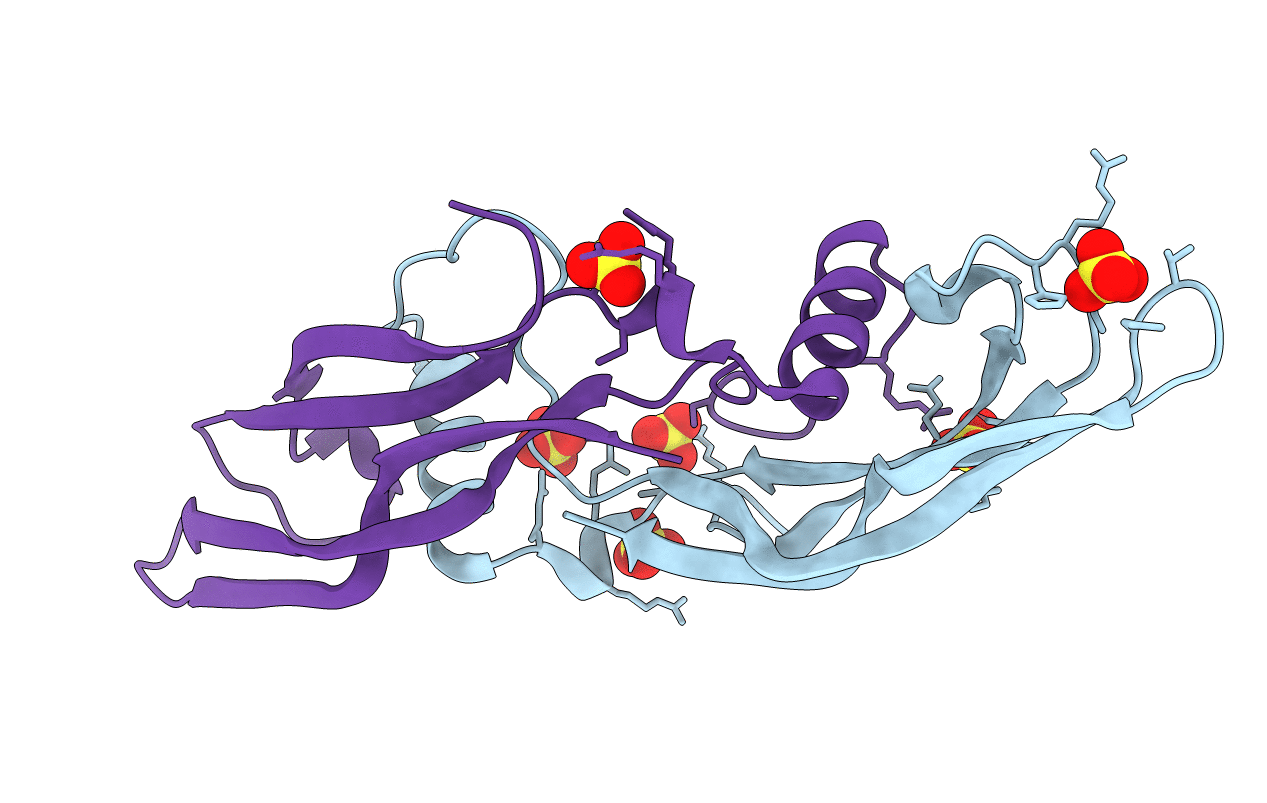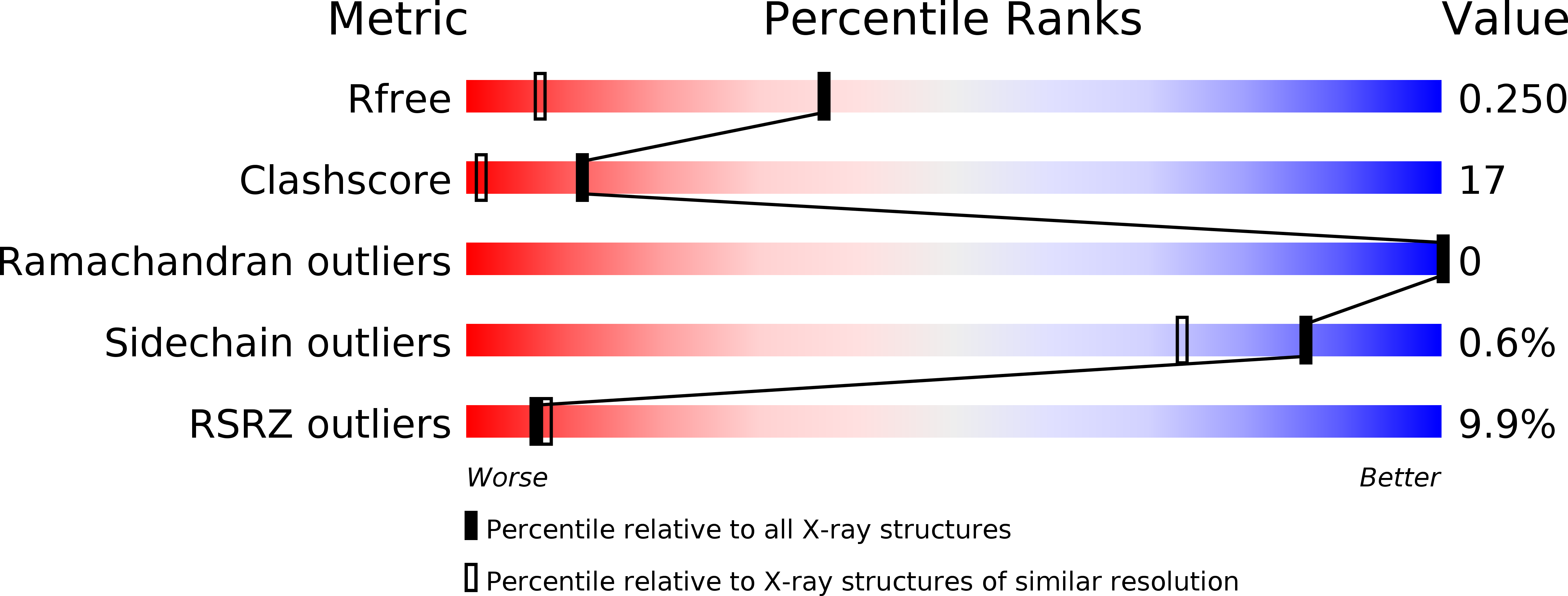
Deposition Date
2005-08-23
Release Date
2006-06-13
Last Version Date
2024-10-30
Method Details:
Experimental Method:
Resolution:
1.55 Å
R-Value Free:
0.25
R-Value Work:
0.22
R-Value Observed:
0.23
Space Group:
C 1 2 1


